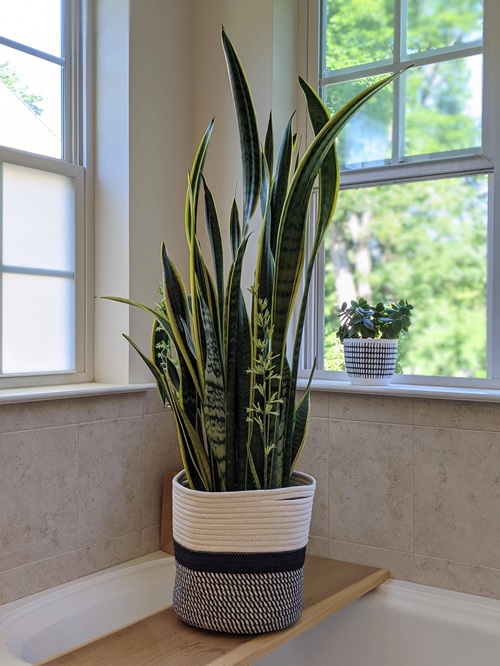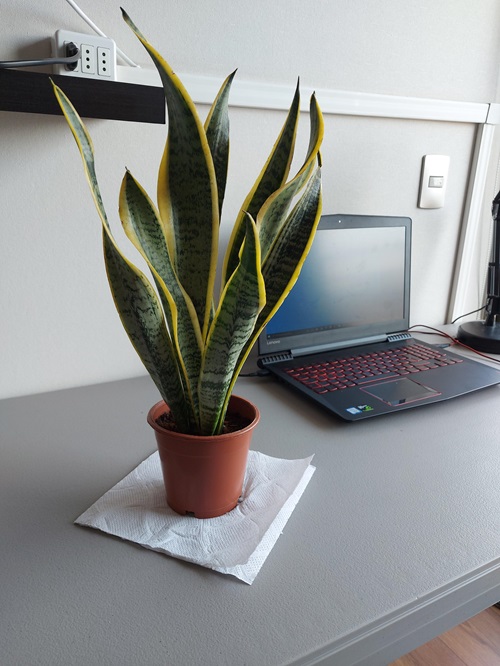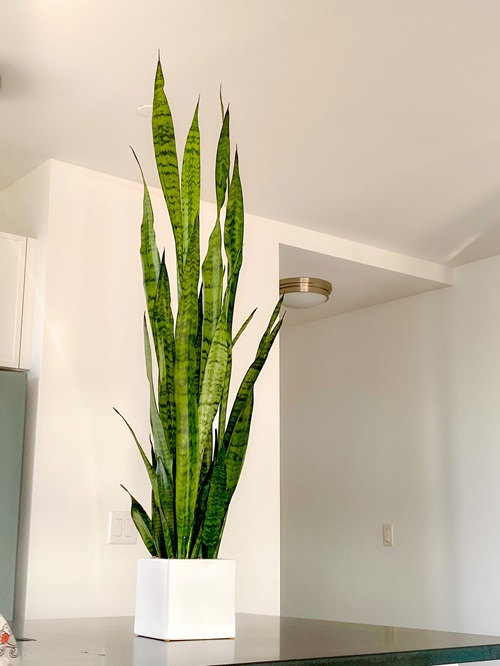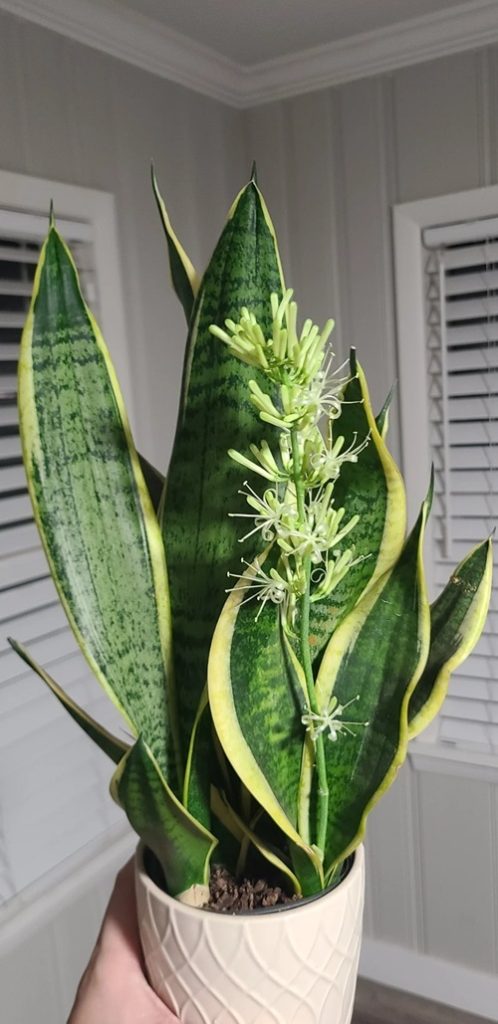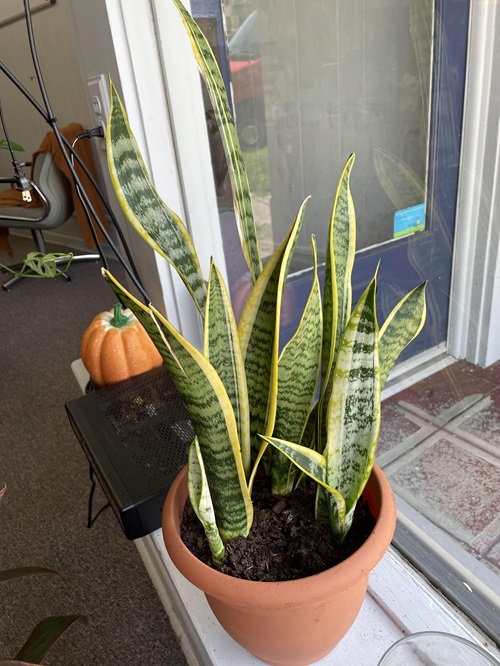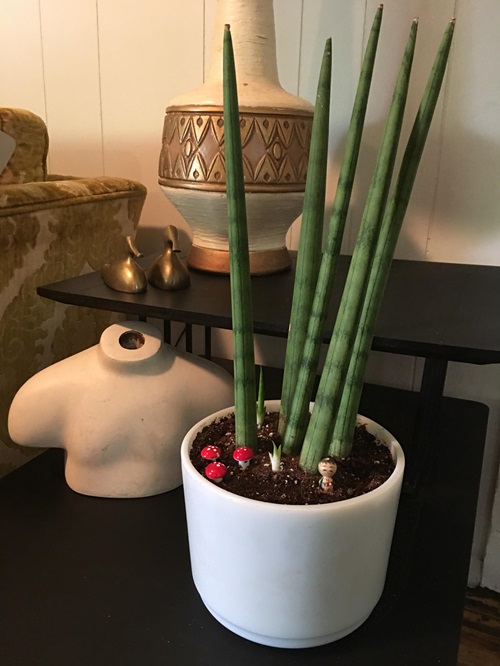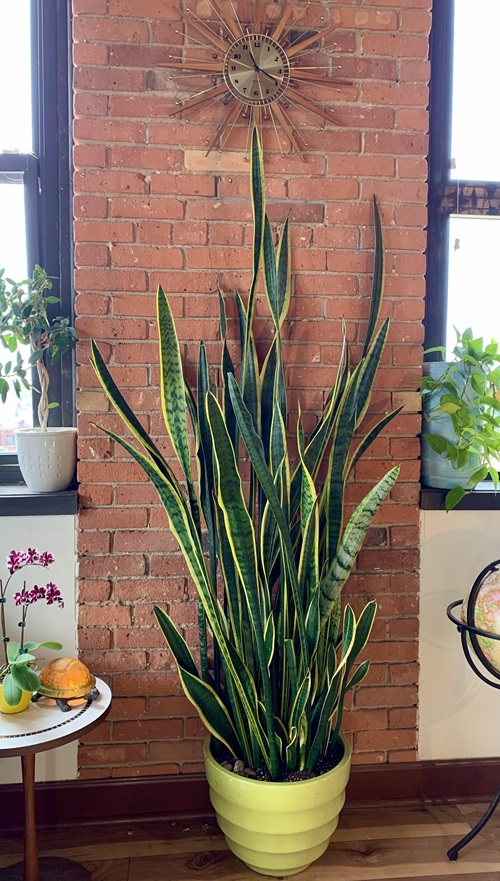If you are thinking of growing Dracaena trifasciata then, must read this before planting a Snake plant at home for better tips and tricks!
Firstly, are you a beginner or a professional? Well, truth be told it rarely matters when it comes to growing a plant like the Snake plant! And if you are wondering why is it considered to be so easy to grow and care for these plants? Let’s find out.
What is a Snake plant?
No one would have ever thought that these plants were going to be so popular someday! Snake plants can be as a whole considered a “Green Gold” in today’s world. They are long, tall plants with dark green foliage devoid of stems. The leaves comprise various patterns depending on the variety and the most common ones are those with yellow borders and a mixture of light to dark green shades with pointed tips.
Snake plants hail from South Africa but now they are available in almost every part of the world. These plants need the least maintenance and care along with this they can survive in indirect to low sunlight areas or spaces. Again, the propagation is also very simple, either from offshoots that appear on the sides of the base or leaf cuttings which need the bare minimum of tools and time.
A Must Read Before Planting Snake Plant At Home
1. Get to Know Your Snake Plant Variety
So, when you buy or bring a snake plant to your home try to identify which variety it is. It can be either the tall or the shrub version. If it is the tall snake plant then you can find a bright spot for it in your home or outside in your garden. Again, if it is a shrub or dwarf variety then you can place it as a tabletop decor or near your window side.
2. They Grow Tall and Upright
The tall Snake plants grow upright and can reach heights of 2-4 feet indoors and up to 8 feet tall outdoors! This variation in height highlights how the environment around them influences the size and growth of this plant.
Increasing its exposure to direct sunlight will encourage it to grow taller, while in shade, it will grow less and more compact. Too much sun will lead to leaf burn, so make sure you protect it from direct, harsh light.
3. Blooms Once in a Blue Moon!
Yes, Snake plants can flower. They occasionally and rarely produce beautiful, fragrant white and green bloom clusters on tall spikes. Typically, this occurs when the plant is slightly stressed, perhaps because it has outgrown its pot or experienced prolonged shade or drought.
You can replicate these conditions to slightly stress it into producing flowers, but make sure you don’t irreparably harm your plant this way.
4. Extremely Drought Tolerant
And this is why we love snake plants! We can easily forget to water them for days, and they will still thrive! They can survive for two weeks without a single drop of water, but that’s your cap—any longer, and your plant won’t be as forgiving!
This succulent stores water in its thick, fleshy leaves, which have a waxy coating that reduces transpiration and helps it to sustain in times of drought.
5. Myth or Fact About Filtering Air?
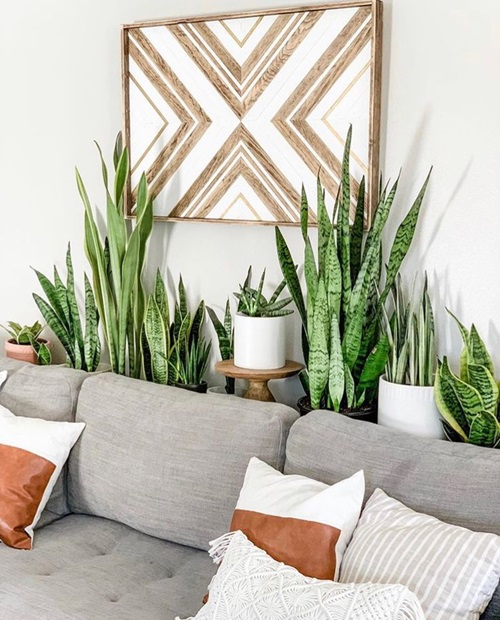
Snake plants gained immense popularity after a study conducted by NASA that highlighted their air-purifying nature. This study claims that many houseplants including Snake plants can eliminate toxins like nitrogen oxides and formaldehyde that pollute the air.
Although the effect is typically minimal, we can consider them as natural air purifiers. So, you can plan to place some of these beauties in your living room and bedroom areas.
6. They are Indestructible and Easy to Maintain!
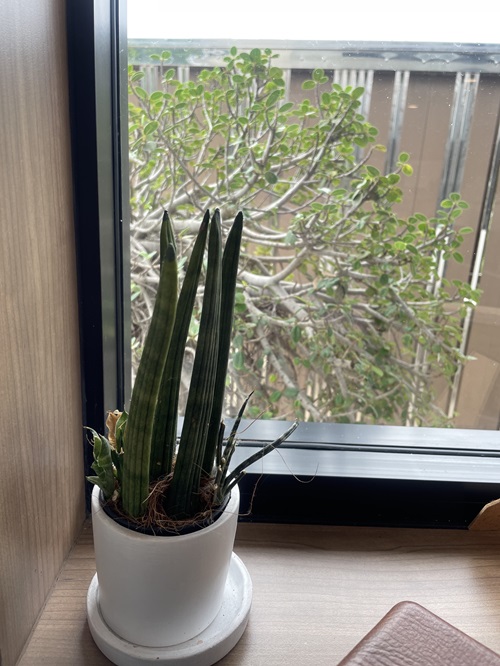
Mind it! Snake plants would get an award for being resilient and indestructible. Even in your negligence, they won’t mind but will rather flourish in harsh conditions. Just place them in a bright spot or near a window and forget about them! Watering is required mostly once a week or two. And lastly, the potting mixture must be loose for good drainage.
7. Too Simple to Repot and Propagate
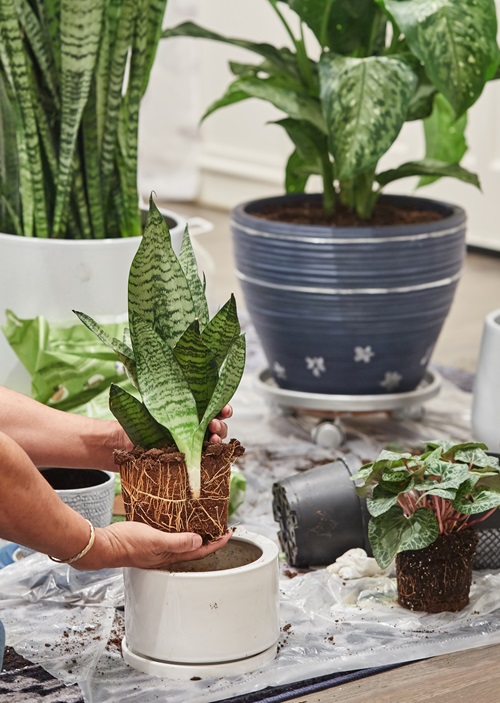
As they are moderately slow growing so repotting is not frequently necessary. When you see your snake plant has grown quite large and has some baby offsets around the base then you can easily separate the offsets and grow them in a different pot. Also, you can try some leaf cuttings and submerge them in water for a few days and you’ll get a new Snake plant. Keep in mind to change the water every day.
8. Interesting Varieties
Rather than just the tall and dwarf varieties, there are other kinds of Snake plants with different color patterns and shapes. According to several sources, there are about 70 other varieties of Snake plants. The Cylinder snake plant is one such unique variety that has tall, tubular leaves and can reach up to a height of 7 feet giving a modern yet dramatic look to your home decor.
One more is the Moonshine Snake plant. It is popular for its silvery-green leaves in the market today. So, let us know which one is your favorite!
9. No Pruning Required
So when it comes to pruning this plant actually looks better when the pot is filled with its long sword-like foliage. It is then that the look turns out to be more beautiful and aesthetic. Most landscape designers prefer it that way, so you can repot the whole plant in a larger pot later after 6-7 months or more.
10. Symbolism
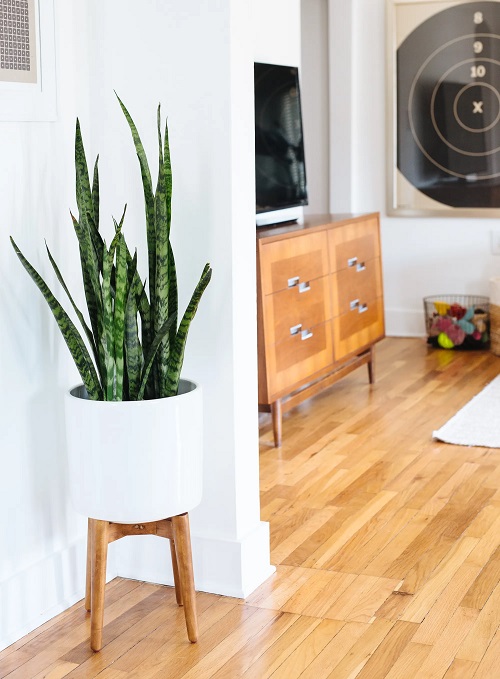
Also known as mother-in-law’s tongue, this plant has significant symbolism and meaning in various cultures and traditions. In Feng Shui, it is often placed near entrances to ward off negativity and invite positivity. Due to its hardy nature, the plant is considered a symbol of resilience and strength.
In urban settings, it is simply seen as a symbol of modernity and minimalism, fitting well with contemporary decor. If you still need convincing, check out this article on why every home should have the snake plant!
11. Best For Privacy
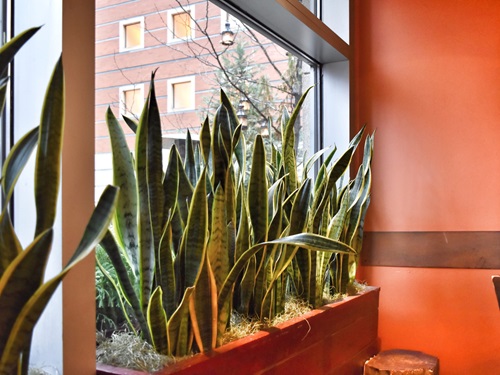
Grow snake plants at home if you value your privacy! Its broad, tall leaves do wonders not only by filtering out toxins but also by shielding you from prying eyes. It is also excellent for creating section borders and separations indoors. Its foliage creates a dense, natural barrier that effectively obstructs views while allowing light to filter through.
We love it because it ensures privacy without sacrificing natural light. Place them in a row by window sills or room borders to screen out with the prettiest greens. Remember to choose a spot that gets sufficient humidity and dappled sunshine, such as north-facing windows.
So, which kind of Snake plants do you own? Let us know in the comments below, and share with us your experience with these beauties.

